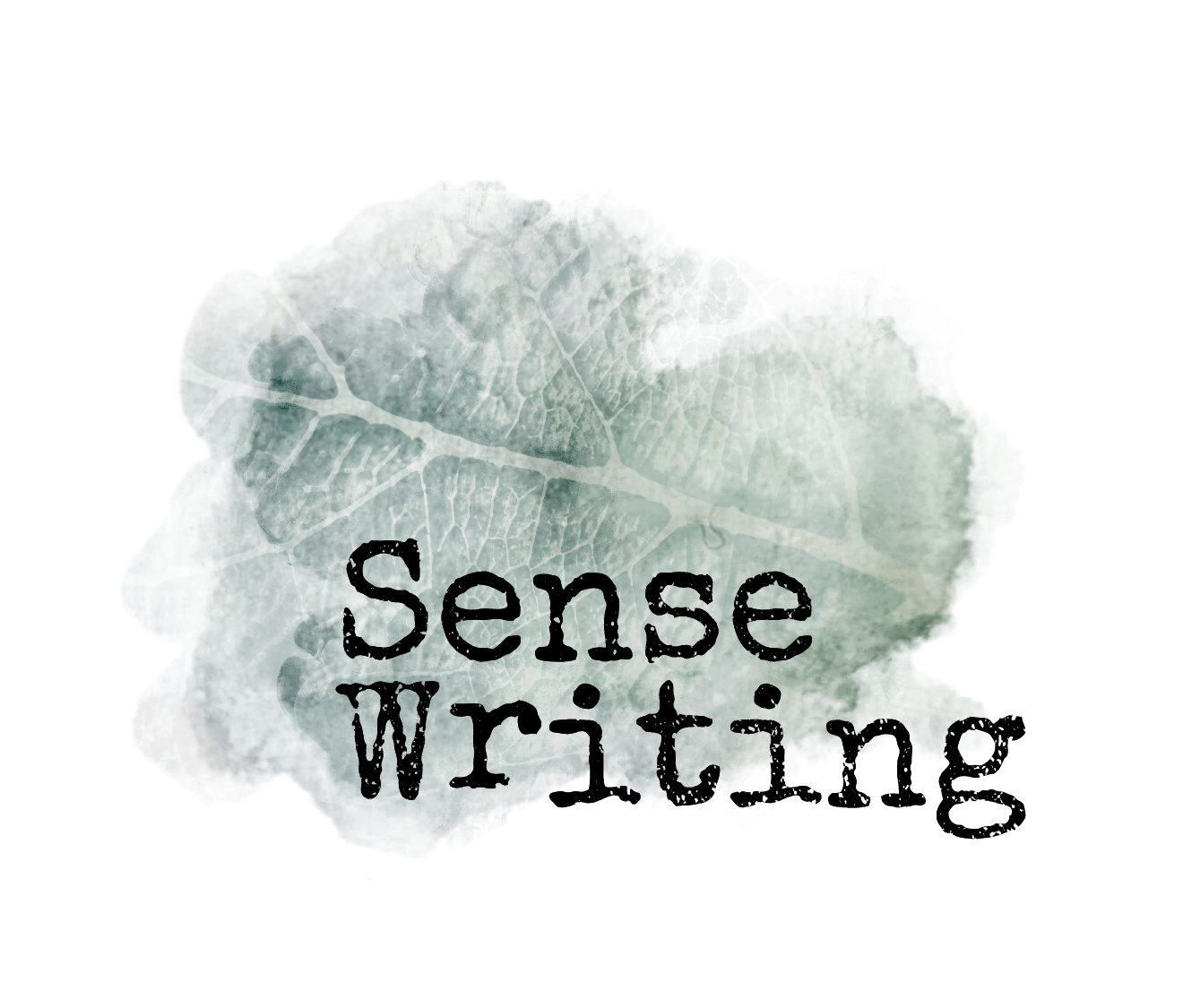Everything matters; slow down and pay attention and let the universe come to you like a shy wild animal sniffing its way in circles toward you.- Jean Rhode on Sense Writing
The Relationship We Always Return To
Developing generative creative rituals is never easy, even when our day-to-day lives aren’t this deeply rocked by uncertainty.
But at the most essential level, our creativity is the longest, most important long-term relationship we have.
Whether we’re conscious of pursuing an artistic life, whether we make careers out of writing, whether anyone ever gives us the validation or applause we want for our efforts, the urge we have to create is hard to snuff out. It’s what propels our curiosity as pre-verbal exploration machines.
And right now— it can act like a refuge, a place to unclench stress response, which lately is probably in overdrive whether you need it or not.
But like most successful relationships, maintaining a creative practice takes both flexibility and commitment. And of course, like many relationships, it can include frustration, fear, a desire to pick up and run away when it gets too uncomfortable. (The notes that country songs are built on.)
So why do we stay, instead of packing up our dogs and our saddlebags and setting out into the sunset, alone?
Because at the heart of that relationship is a standing invitation, even after we’ve been away: to come back and listen to that deep murmuring, like an underwater stream, constant in both its groundedness and its perpetual motion. We listen, and our own secrets are revealed. We re-engage, and we get to open the portals to surrender, discovery, clarity, and trust.
Unlike two minutes of twangy radio tunes about lost love, our ebb and flow continues.
Sometimes, continuing that relationship gets distilled into an instruction to “trust the process.” But “the process” can feel random. Our feelings are inconsistent and shaken by circumstance.
We’re left with the deep grooves of routine, rather than process.
When Routine and Duty Take Over
"I don't trust my inner feelings, inner feelings come and go" -Leonard Cohen
Rituals sometimes save us from the flatness of routine. We all have rituals, whether personal or communal: times when we intentionally allow something "else" to happen.
At their most profound, rituals can help us let go of will and be carried along by a sequence of action to a more connected place.
Rituals that work — that bring some kind of peace or insight to their adherents — work by repeated DOING, not by alchemy or instant transformation. But leaning on doing alone can turn rituals into empty movements — into the very rigidity we try to circumvent.
We might sit down dutifully to write, but wrestle with ourselves when the blank page or the pressing idea feels too solid. We might write pages of free writes each morning, but fall deeper each day into the same syntax of emotion and thought.
Instead of rote repetition, the suspended state of discovery between curiosity and commitment is what allows our practice and voice to be both new, exciting, interesting — and recognizable.
Magic vs. Methodology
Sense Writing is all about honing intuition. But it’s tough to create a methodology that builds enough scaffolding while making sure students can trust the space and softness that are the main goal of a sustainable creative practice.
In the container of Sense Writing’s 12-week course, for example, that experience can feel hard to imagine, if you haven’t felt it yet.
On the one hand, the course is set up to help you form rituals, to create a safe, sustainable space for your intuition to grow and your curiosity to guide you. There are 12 weeks of sequences (neuro-sensory movement and writing exercises), theory videos, a discussion group, and live calls) to support your learning.
On the other hand, although the 12 weeks have been carefully planned, the goal isn’t a finished product (or even finished process) at the end of those weeks — it’s an inner sense of fluid, available attention. Reliable curiosity, not rigidity — you can always get off the train and get back on.
Barrelling ahead when you’re learning to listen to yourself is kind of the opposite of what works, so we don’t barrel.
Instead, the learning happens in the ebb and flow between presentness and spacing out. You don’t just experience that sensation as you go through the course — you learn how to invite it and trust it on your own, too.
After all, like in any other relationship, the details of how you show up, how you communicate, even how you fight — they’re unique. Rituals are not consumed, but created… and that’s the magic that fuels longevity. Even if it doesn’t make for a very good country song.



